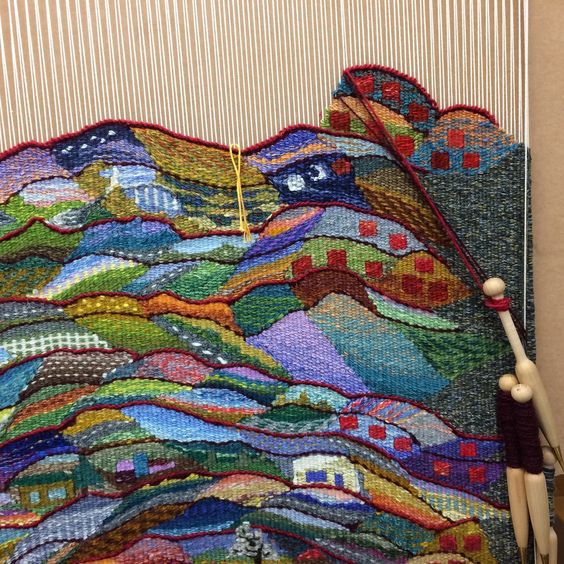Yay, Team! Go!

Okay, I’m a grandma, so please bear with me! I think this grandchild-being-irresistably-funny anecdote does have a point for us. No, trust me, really.
My two year old grandson was being potty trained and doing quite well, thank you. One day, he and his family were at a restaurant. Mom denied him some treat and he was absolutely furious with her. Unfortunately, he was also in need of a bathroom, and “mean” mom had to accompany him. He was not happy. When he quickly and successfully finished doing what he was supposed to do in the place he was supposed to do it, he glared up at her and said, “Don’t cheer!”
Alas, though – with all respect to two year olds everywhere – we do need to cheer, and we need the cheering – no matter how upset or angry or frustrated we are. It just makes too much of a difference.
Cheering is motivating, energizing, inspiring, gratifying. It helps us through difficult challenges; it voices our celebration in our overcoming them or our progress on the way. More importantly, our cheering helps our results endure, often, maybe most often, when they are not immediate nor even obvious.
Author and essayist, Rebecca Solnik in the March 13, 2017 issue of The Guardian wrote about the danger in not recognizing the untold successes that happen in spite of what we perceive. “Some people believe, if you don’t succeed straight away, you failed. Such a framework makes many give up and go back home when the momentum is building and victories are within reach. This is a dangerous mistake.”

J Meetze Studio/Common Threads
She went on: “For many groups, movements and uprisings, there are spinoffs, daughters, domino effects, chain reactions, new models and examples and templates and toolboxes that emerge from the experiments, and every round of activism is an experiment whose results can be applied to other situations. To be hopeful, we need not only to embrace uncertainty but to be willing to know that the consequences may be immeasurable, may still be unfolding… Think of hope as a banner woven from those gossamer threads, from a sense of the interconnectedness of all things, of the lasting effect of the best actions, not only the worst. Of an indivisible world in which everything matters.”
Of the many examples she pointed out to prove her point, I liked the one about non-violence. The strategy of non-violence famously began with Mohandas Gandhi in 1906 to focus on the plight of Indians in South Africa. Soon afterward, while in London championing his own cause, he was deeply impressed by a small band of suffragettes occupying Parliament for the right to vote. He wrote about them, declaring that, although few seemed on their side and victory might be far off, they were undaunted and, he believed, would ultimately succeed. And if they, with so few numbers and so little power, could succeed, then so could hundreds of thousands of Indians fighting for their rights. The result, as Solnik pointed out: “British suffragists, who won limited access to the vote for women in 1918, full access in 1928, played a part in inspiring an Indian man who 20 years later led the liberation of the Asian subcontinent from British rule. He, in turn, inspired a black man in the American south to study his ideas and their application.” As we know, from there the harrowing/wonderful story goes on and on.
And so, here comes the cheer: “Ideas are contagious, emotions are contagious, hope is contagious, courage is contagious. When we embody those qualities, or their opposites, we convey them to others. You do what you can. What you’ve done may do more than you can imagine for generations to come.”
And another cheer: Our strategies, tools, story-telling, examples, actions, our templates for working for women’s equality, leadership, and ordination in the Church, I believe, are already having an impact on others as theirs have on us. The Women’s Marches in 2017 and 2018, and most recently, the Marches for Life, are just a few of the wonderful signs of that interwoven web of all of us working for justice and peace.
Rebecca Solnik ends by stating: “This will only matter if it’s sustained.” To sustain it, people must remember a picture bigger than their immediate goal, as important as that may be. They must remember that, in sustaining their witness, they just “may have changed the whole framework in ways that make broader change inevitable.” Now, that’s worth cheering about.

3 Responses
What is the “big picture” that we should keep in mind? I would say it is the glory of God and the good of souls. Let us pray for holy indifference and perseverance, because the road ahead is daunting. Even in the midst of failure and uncertainty, REJOICE AND BE GLAD!
Ellie, so very inspiring.
I just wanted to note that two women’s organizations, the YWCA and the Medical Mission Sisters, had the same model when working internationally; they set up their operations but then trained the people they were serving to take over the leadership and moved on.
Thanks, again, Ellie.